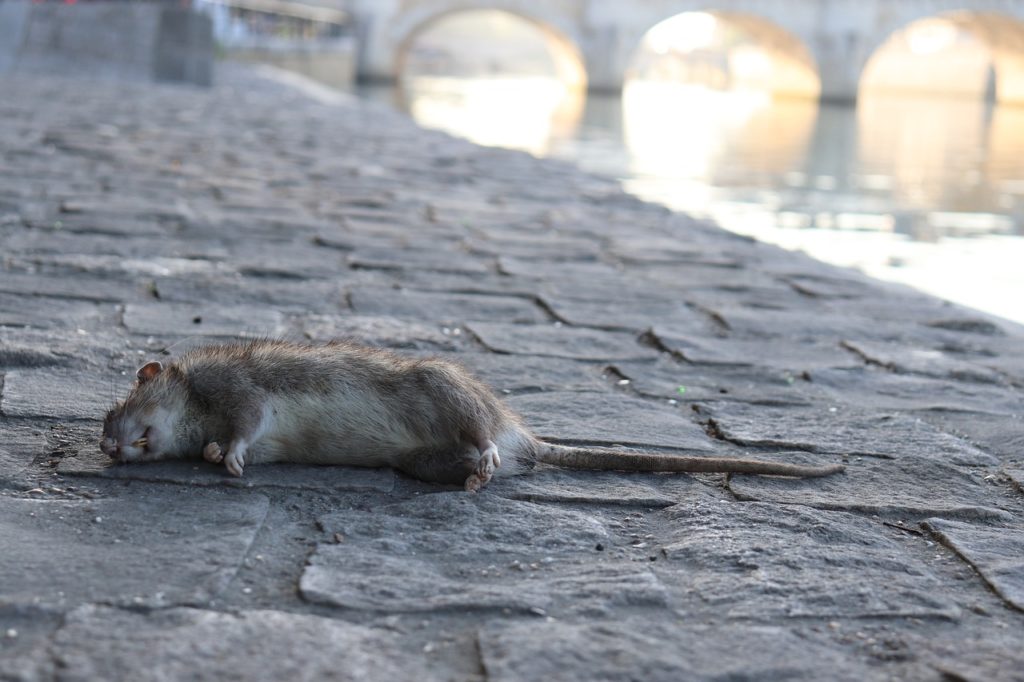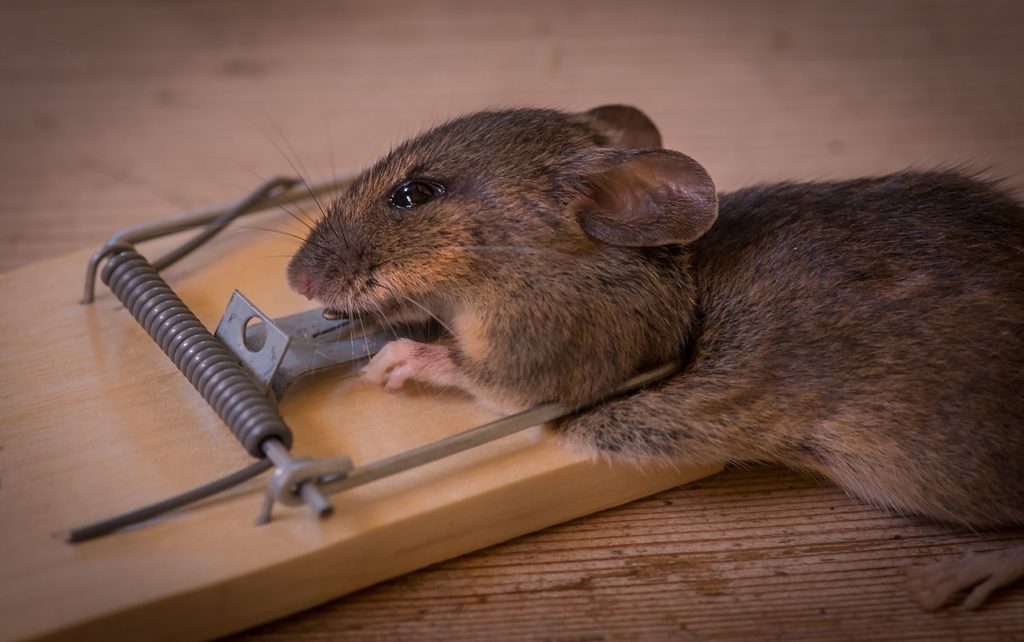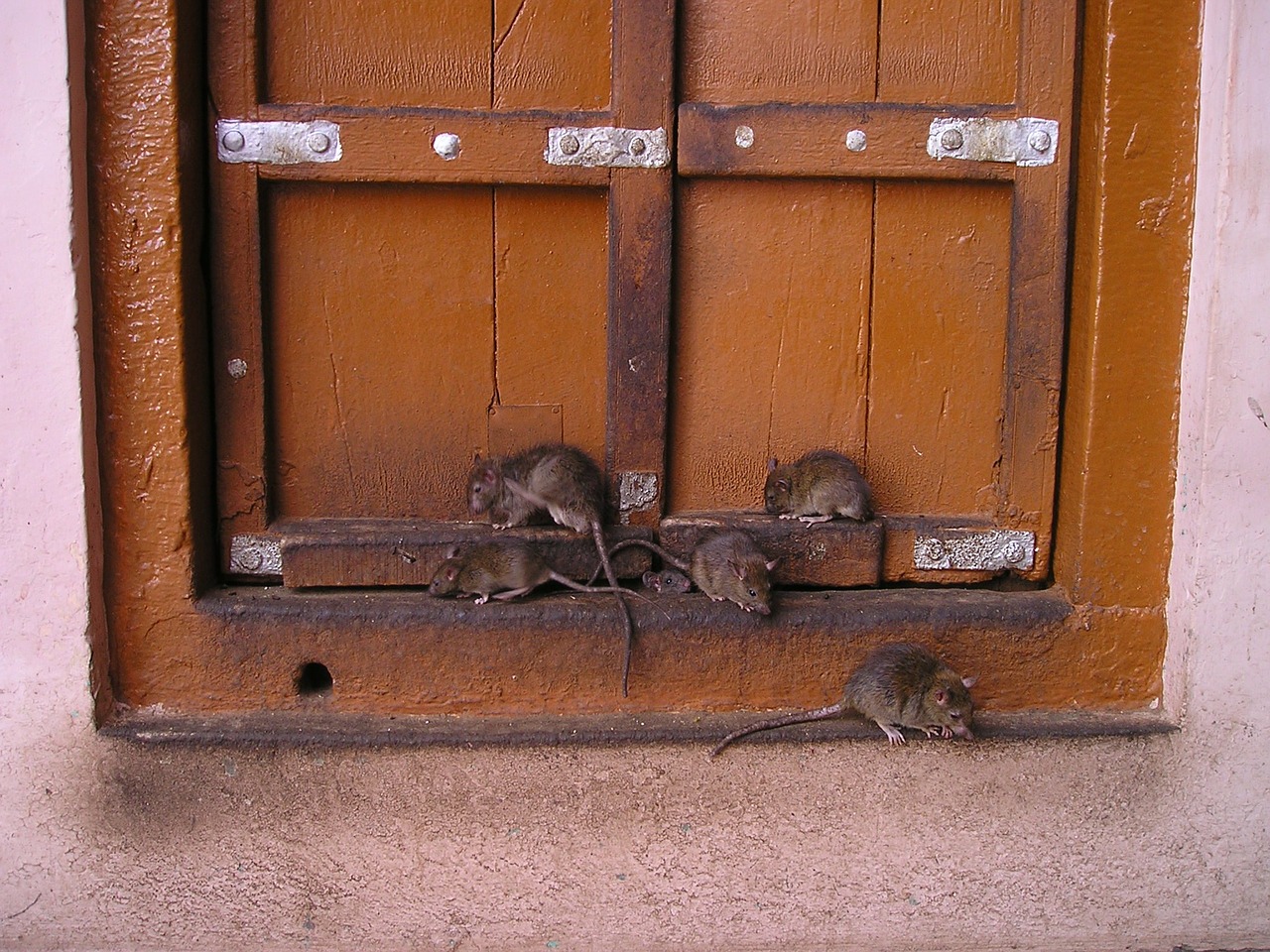If you are suffering from a rat infestation, you should solve your problem immediately. Rats can cause property damage and spread diseases. But getting rid of rats can be very complicated, especially if you have pets. Rat poisons and traps may end up hurting not just the rats in your home, but also your beloved pets.
Luckily, there are ways to get rid of rats without harming pets. They are classified into 3 categories: pet-friendly poisons, pet-friendly traps, and proper and regular home maintenance.
Use pet-friendly poisons
Rat poison can be very dangerous. Your unsuspecting pets may end up consuming the rat poisons in and around your home and killing themselves. But there are actually rat poisons out there that don’t harm pets.
Yes, pet-friendly poisons exist
The idea of pet-friendly poisons seems ridiculous, but they do exist. How to get rid of rats without harming pets has been a problem for many homeowners for a long time and manufacturers have responded appropriately.
There are 2 kinds of pet-friendly rat poisons: those that specifically kill rats only and those that are inaccessible to your pets.
1. Poisons that are only harmful to rats
The active ingredients of these poisons will not harm your pets even if your pets consume them. They include corn gluten, salt, and other natural ingredients. These poisons work by specifically targeting the rats’ bodily systems.
For example, some of these pet-friendly rat poisons attack the rats’ digestive systems. The pests won’t be able to eat or drink and will die of starvation and dehydration within a few days. Rats won’t be able to vomit the poisons out of their systems, but your pets could. So, even if your pets consume these poisons, they will not experience severely harmful consequences.
2. Poisons that are sealed to prevent pet tampering
These poisons are sealed inside containers to ensure that your pets won’t be able to get to them and consume them. But the trick is that these containers have openings that are only small enough to accommodate rats. The pests would be able to get inside the containers and consume the poisons, but your pets would not.

Use pet-friendly traps
Rat traps can be dangerous too. They may be powerful enough to hurt your pets, especially puppies and kittens. But fortunately, there are rat traps out there that don’t harm your pets.
Yes, pet-friendly traps exist
Pet-friendly rat traps are traps that are inaccessible to bigger animals like your pets or are not strong enough to cause serious injury.
1. Traps with small tunnels
Get rid of rats without harming pets by using rat traps with small chambers or tunnels. These tunnels are small enough to accommodate rats only. They are too big even for puppies and kittens.
These traps are more expensive compared to traditional traps because they have advanced mechanisms and sensors. They kill the unfortunate rats who enter the tunnels with blunt force or electricity.
2. Containment traps
Containment traps are those that “contain” the rats, making them unable to escape. These traps are usually small enough to be inaccessible to larger animals such as your pets. They also have very simple mechanisms. Some of them kill the rats, such as the bucket trap that drops the rats into a bucket of water. Some of them keep the rats alive, such as the cage trap that triggers a mechanism to trap the rats inside the cage. If you plan to release the rats trapped inside containment traps, please do so at least five miles away from your home to prevent re-infestation.
3. Glue traps
Glue traps are exactly what you think they are. These traps are trays where you can put pre-baited sticky materials. Just put the glue traps on rat passageways and wait for unfortunate rats to be glued in the trays.
In the unlikely scenario that your pets become glued, you can use vegetable oil or other materials to release your pets. Just read the labels on the boxes of the glue traps to know what materials loosen them up.
4. Snap traps
Snap traps are traps with snapping mechanisms that injure or kill any animal that gets into contact with them. Unfortunately, your pets may be the victims of these traps instead of the rats devastating your home. The only positive thing here is that snap traps are usually not strong enough to kill larger animals such as your pets. But your pets may end up with injuries.
To minimize the risk, place snap traps on the parts of your home that are accessible to rats but not to your pets, such as near the insulations of your roofing or narrow passageways where rats can get through but your pets cannot. Also, use baits that are particularly attractive to rats.

Make your home unattractive to pests
Get rid of rats without harming pets by using methods that don’t harm anyone. There are 3 main reasons why you have rats at home in the first place. If you eliminate these reasons, your home becomes less attractive to rats and the pests may end up leaving on their own.
1. Close all possible passageways
Keep the doors and windows closed, especially those near your garbage bins. Rats find your garbage bins attractive because they are great sources of food and water. Also, fix other passageways where rats may get through, such as gaps in your electrical and piping infrastructure and holes in your walls.
2. Store your food and water properly
One of the main reasons why there are rats in your home is that food and water are easily accessible. Store your food and water properly, including pet food. Put them inside kitchen cabinets, sealed containers, and refrigerators. Also, use garbage bins with lids on top.
3. Maintain the cleanliness of your surroundings
If you don’t maintain the cleanliness of the inside and outside of your home, you are basically asking for rodents. Clean the inside of your home by not leaving leftovers on the floor and sink. Disturb parts of your home that you often leave alone, such as the boxes in your attic and the corners in your basement.
Clean the outside of your home by not leaving pet food unattended. Trim bushes and grasses in your yard because rats can hide there to find an opportunity to get inside your home. Collect fruits and vegetables that have fallen in your garden because they can provide sustenance to the pests.

